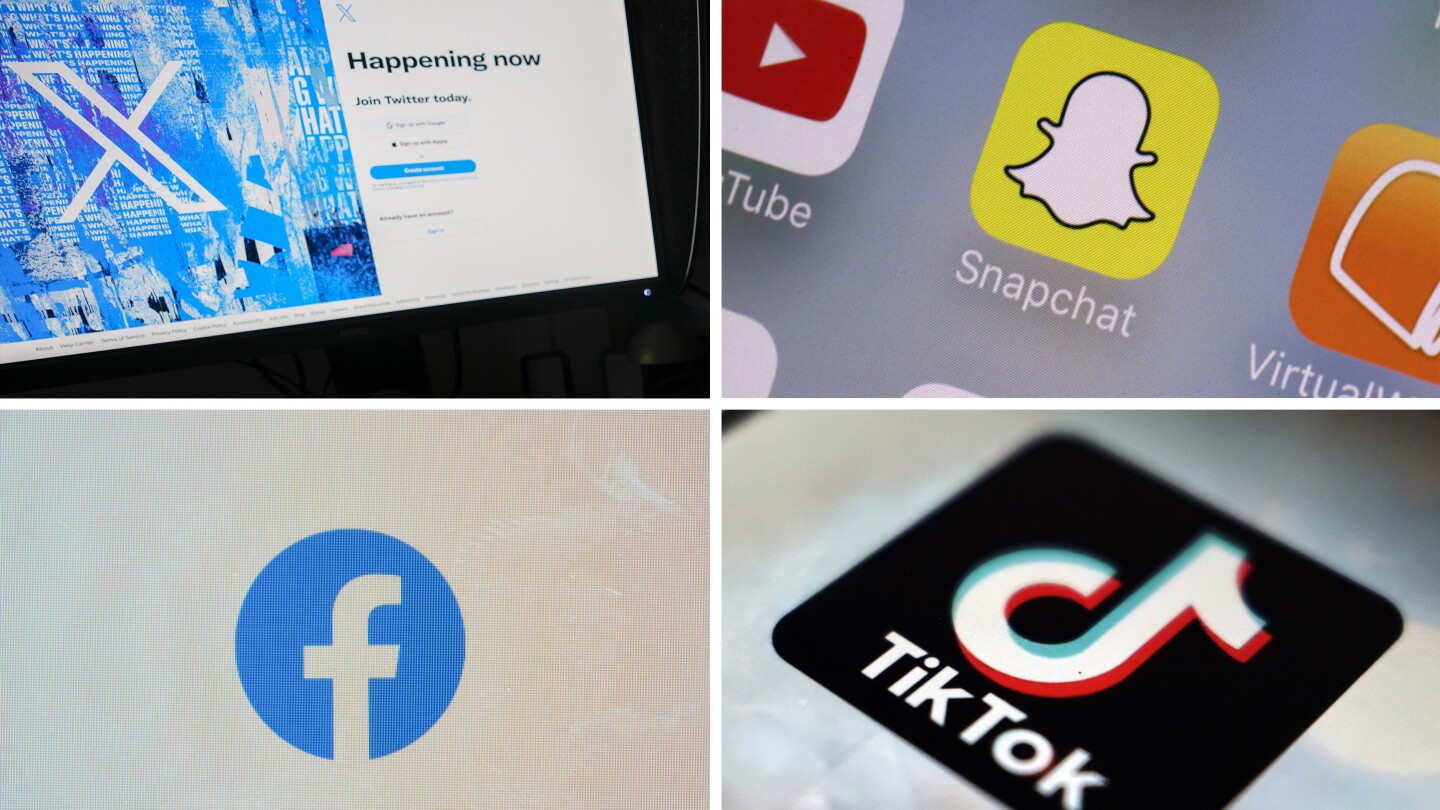- cross-posted to:
- news@lemmy.world
- hackernews@lemmy.smeargle.fans
- technology@lemmy.zip
- cross-posted to:
- news@lemmy.world
- hackernews@lemmy.smeargle.fans
- technology@lemmy.zip
Social media companies made $11B in US ad revenue from minors::A study from Harvard says social media companies collectively made over $11 billion in U.S. advertising revenue from minors last year.
They’re stealing your data and your life
Give em a little algorithmic dopamine hit, then rob them blind. They won’t notice. They won’t care.
And if they ever do, just tell one half it’s the other half’s fault.
That’s about $150 per person, with about 75M children in the US.
They know. Kids are their bread and butter and the target audience
looks like someone is thinking of the children after all.
This is the best summary I could come up with:
The researchers say the findings show a need for government regulation of social media since the companies that stand to make money from children who use their platforms have failed to meaningfully self-regulate.
Researchers and lawmakers have long focused on the negative effects stemming from social media platforms, whose personally-tailored algorithms can drive children towards excessive use.
This year, lawmakers in states like New York and Utah introduced or passed legislation that would curb social media use among kids, citing harms to youth mental health and other concerns.
Social media platforms are not the first to advertise to children, and parents and experts have long expressed concerns about marketing to kids online, on television and even in schools.
In a 2020 policy paper, the American Academy of Pediatrics said children are “uniquely vulnerable to the persuasive effects of advertising because of immature critical thinking skills and impulse inhibition.”
“School-aged children and teenagers may be able to recognize advertising but often are not able to resist it when it is embedded within trusted social networks, encouraged by celebrity influencers, or delivered next to personalized content,” the paper noted.
The original article contains 622 words, the summary contains 187 words. Saved 70%. I’m a bot and I’m open source!
They gotta have cred.
ore maybe they know sometihg





